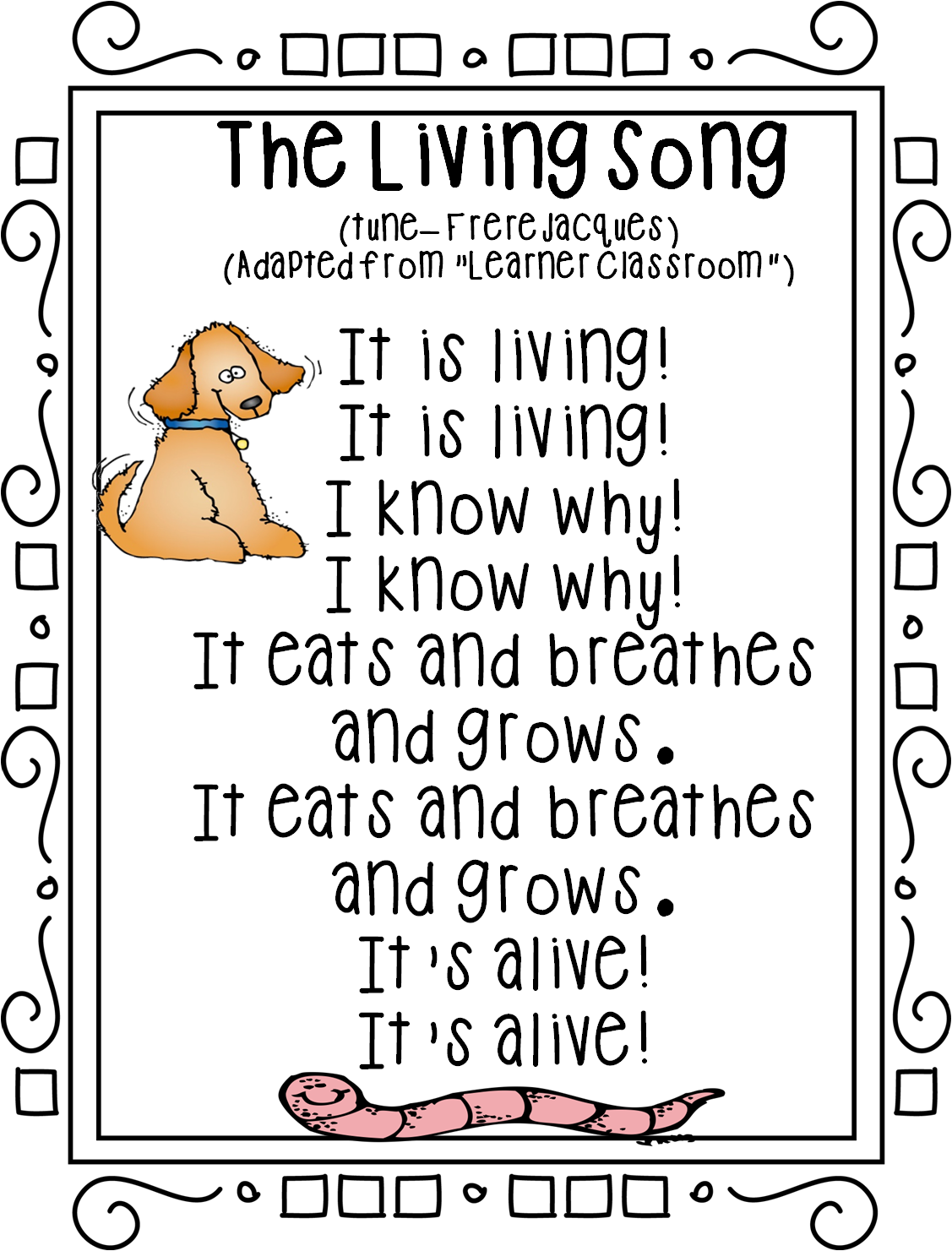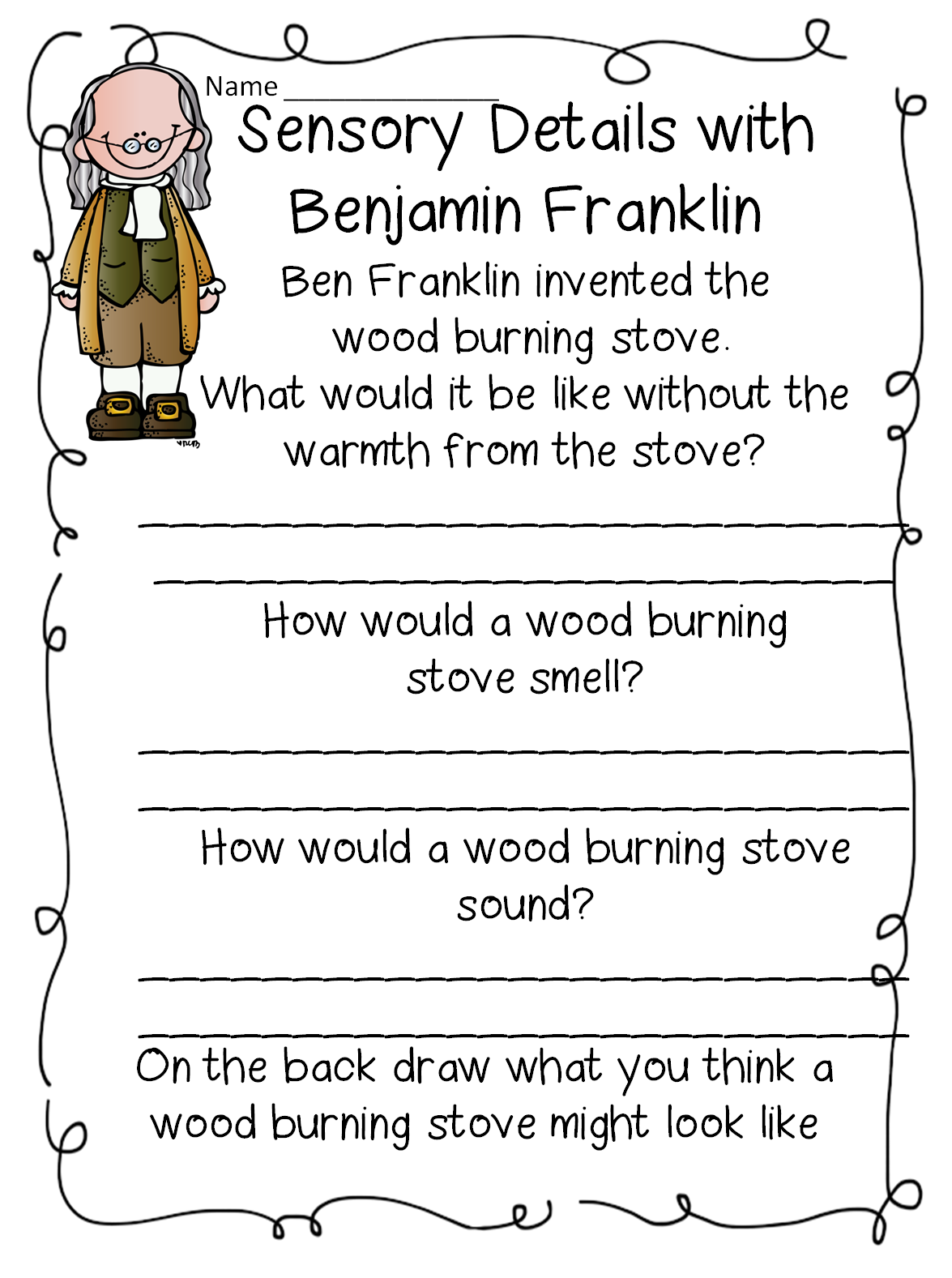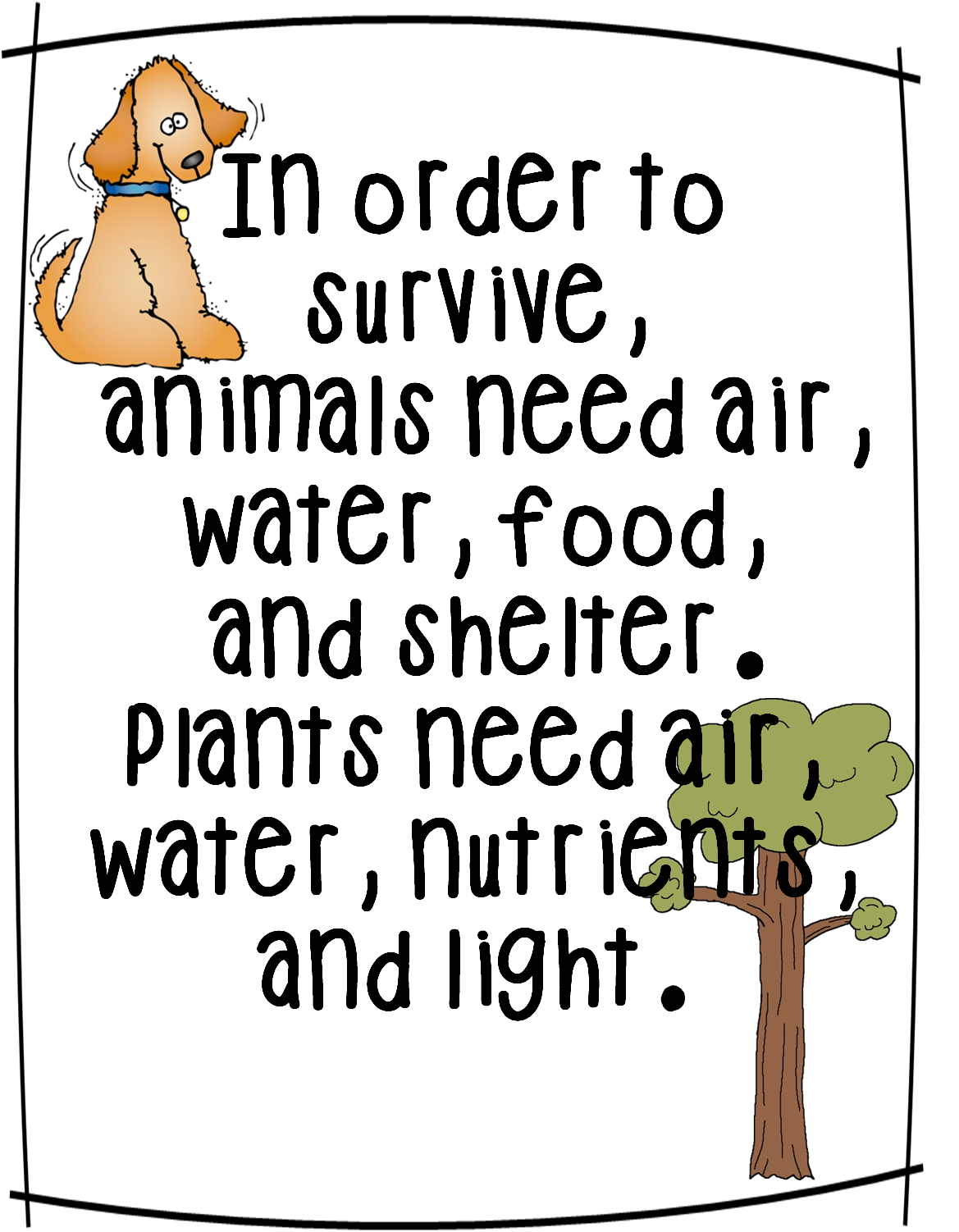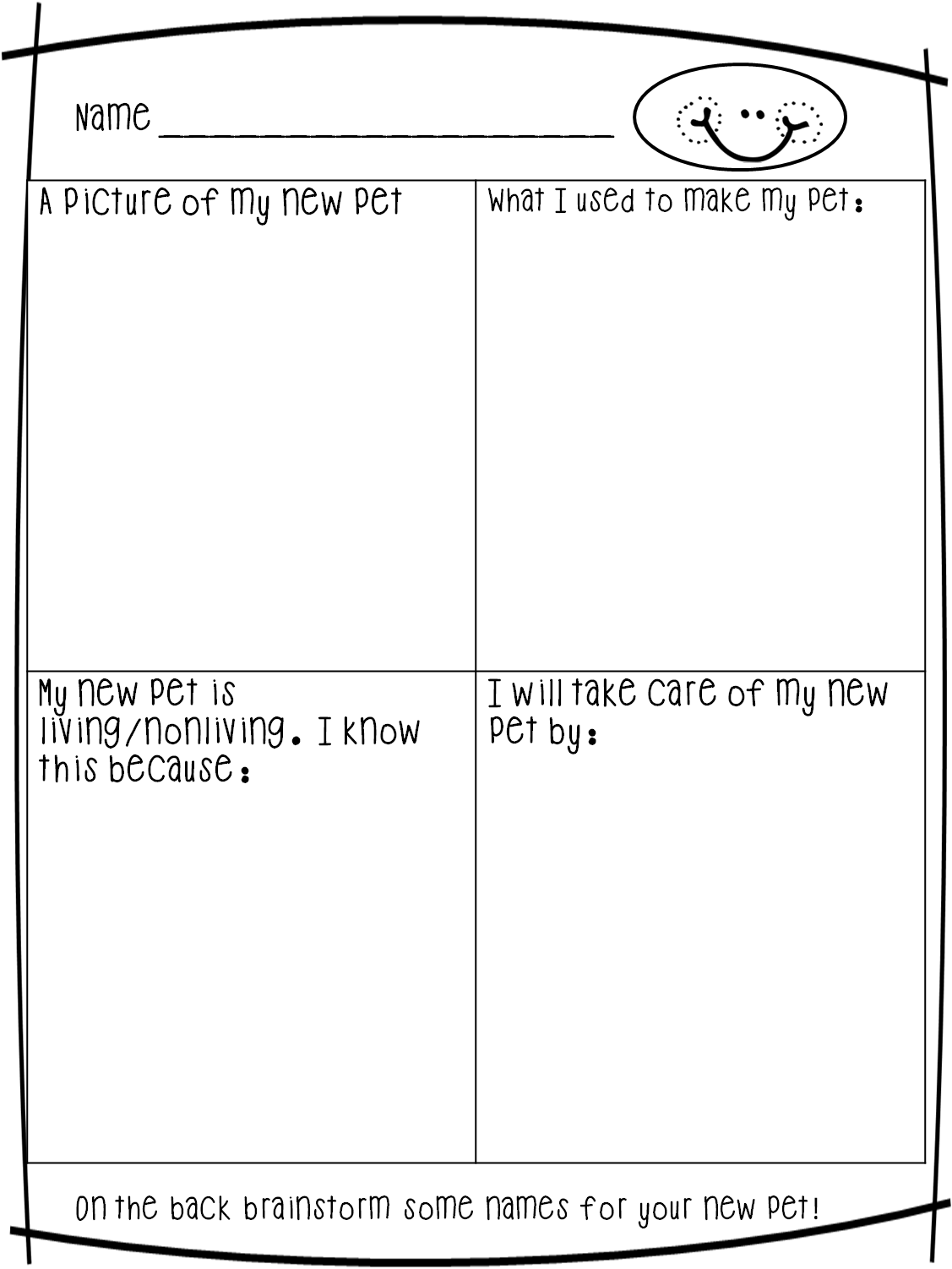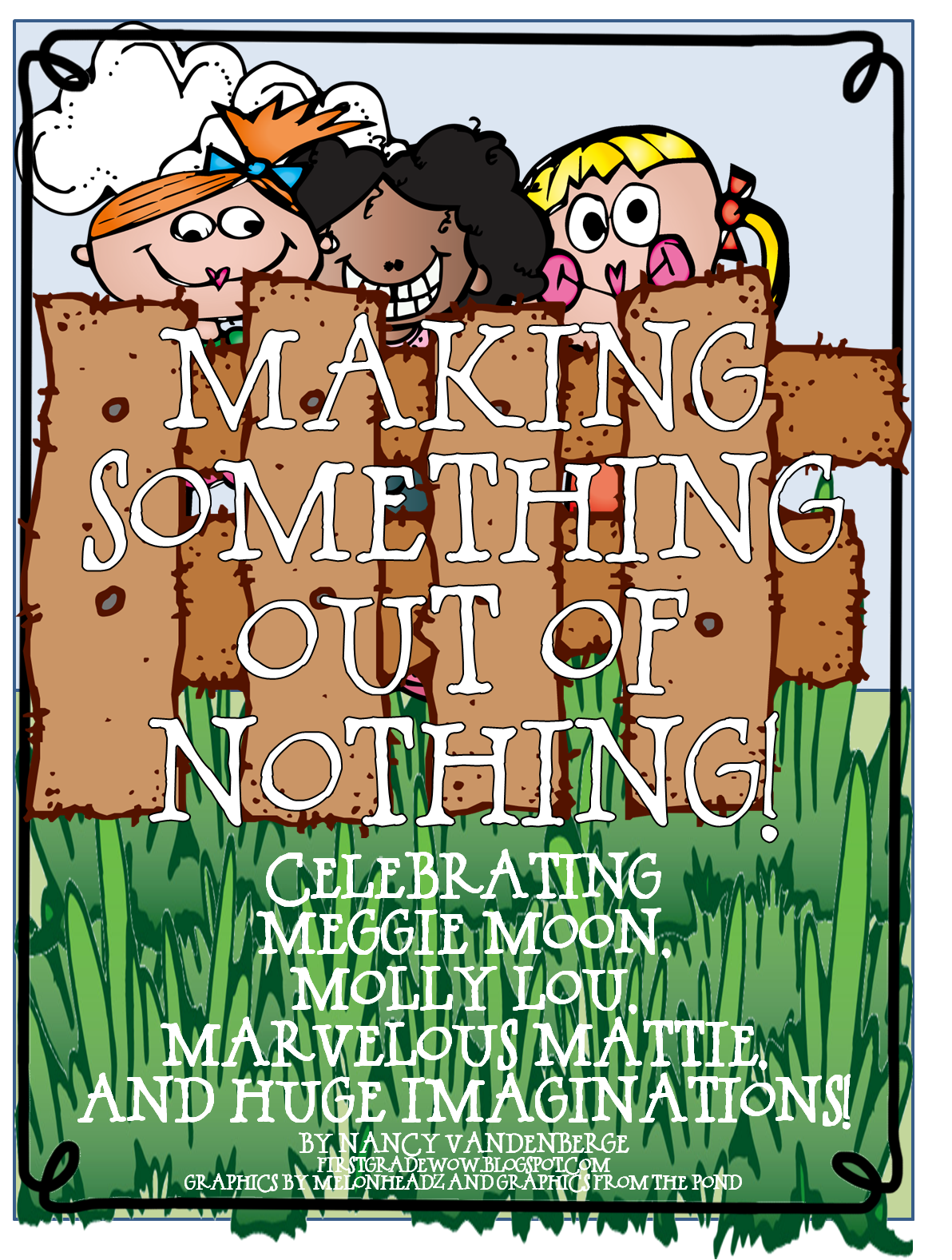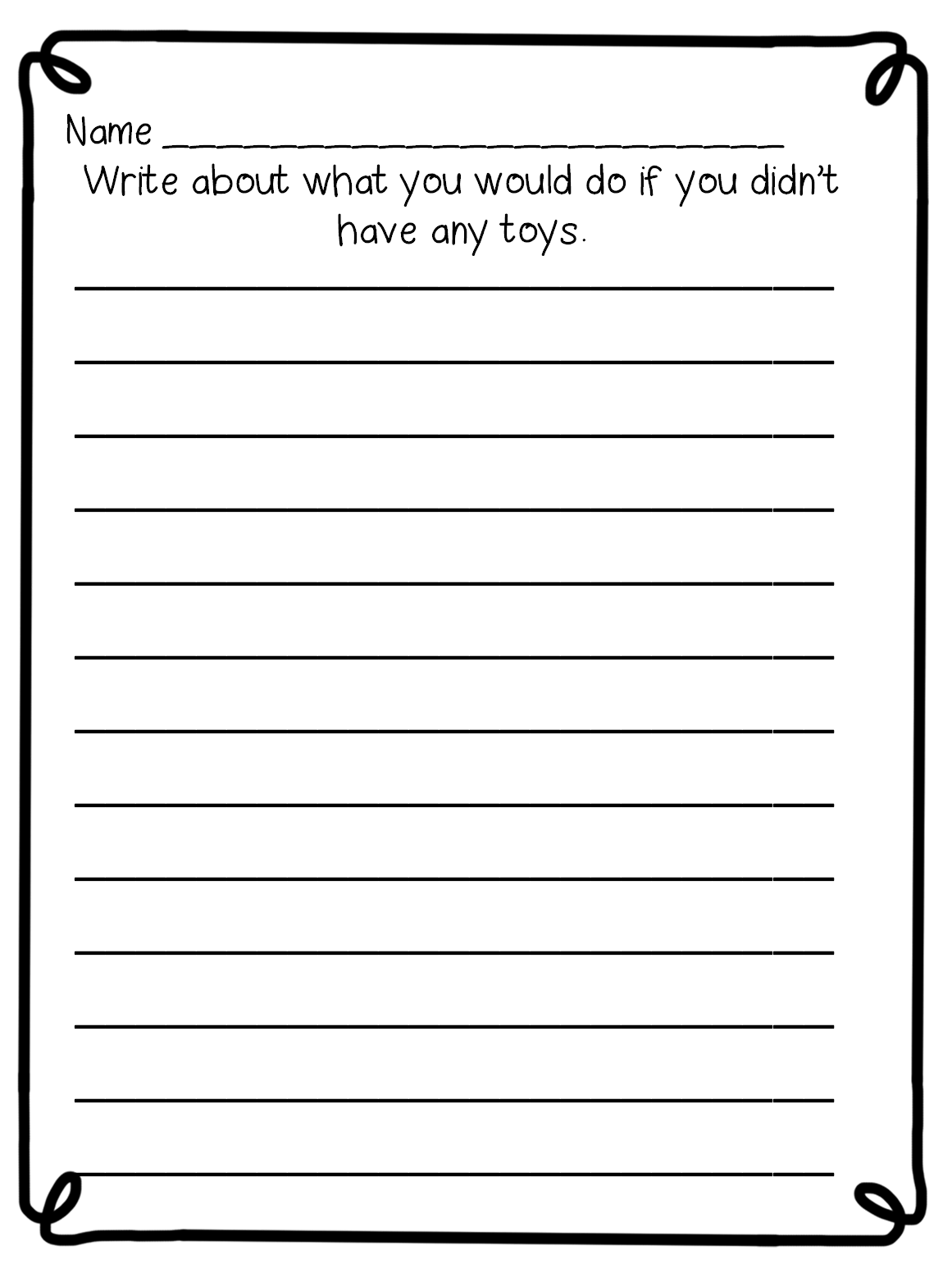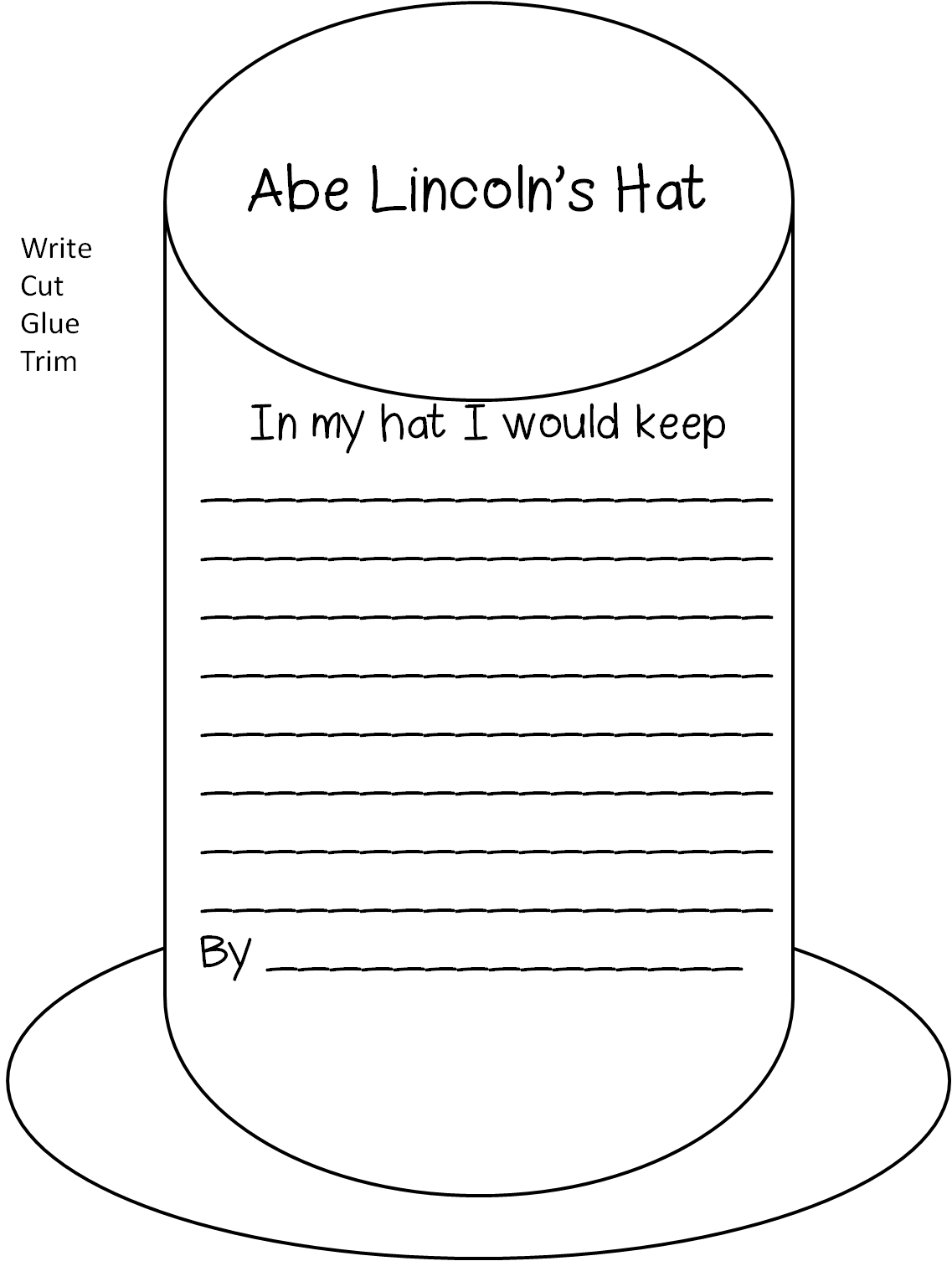Hello Everyone!
I have had so many questions about how we do our math, so I thought I would show a few things about a typical math time.We start our math day with extensive work on the calendar and number of the day, So much can be learned about the relationships of numbers through "math talk" revolving around our calendar. Here are our thoughts from today.
I have had so many questions about how we do our math, so I thought I would show a few things about a typical math time.We start our math day with extensive work on the calendar and number of the day, So much can be learned about the relationships of numbers through "math talk" revolving around our calendar. Here are our thoughts from today.
After some serious exploration about the numbers involved with our calendar and our number of the day, we move to our math notebooks as an opportunity for kids to independently grow their number sense. Many of you may already do notebooks and have maybe even given ours a try, but I am going to share the unit again because I've added some new pages for our number of the day. There are now 9 different levels from which to choose.
While students learn how to "do" math, they must also learn how to articulate what they are learning. It is important to provide many opportunities for students to organize and record their work with some structure and guidance but leaving room for self discovery, experimentation, and challenge. Problem solving notebooks support students' learning because, in order to get their ideas on paper, children must organize, clarify, and reflect on their thinking. Initially many students will need support and encouragement in order to communicate their ideas and thinking clearly on paper but, as with any skill, the more they practice the easier it will become. Notebooks also serve as invaluable assessment resources that can inform classroom instruction. Reviewing a student’s math notebook provides a useful insight into what a child understands, how s/he approaches ideas and what misconceptions s/he has. Here are some pics of our notebooks.Today the kids noticed that the twin number 66 has diagonal twin friends!!
The number operator page gives kids the chance
to grow, grow, grow.
After notebooking, students have the opportunity to tell what they already know about a certain math topic before we get started on our whole group strategy mini lesson and our math tubs. Then after a lesson, they can talk/write about what they worked on. 45 pages
I hope this answers some questions you may have. We do follow our state/school district curriculum resources as far as what skills to teach, and when, but the notebooks lets the differentiation happen!!
Let me know if you have any other questions!!
So happy to help!
Joyfully!
Nancy































